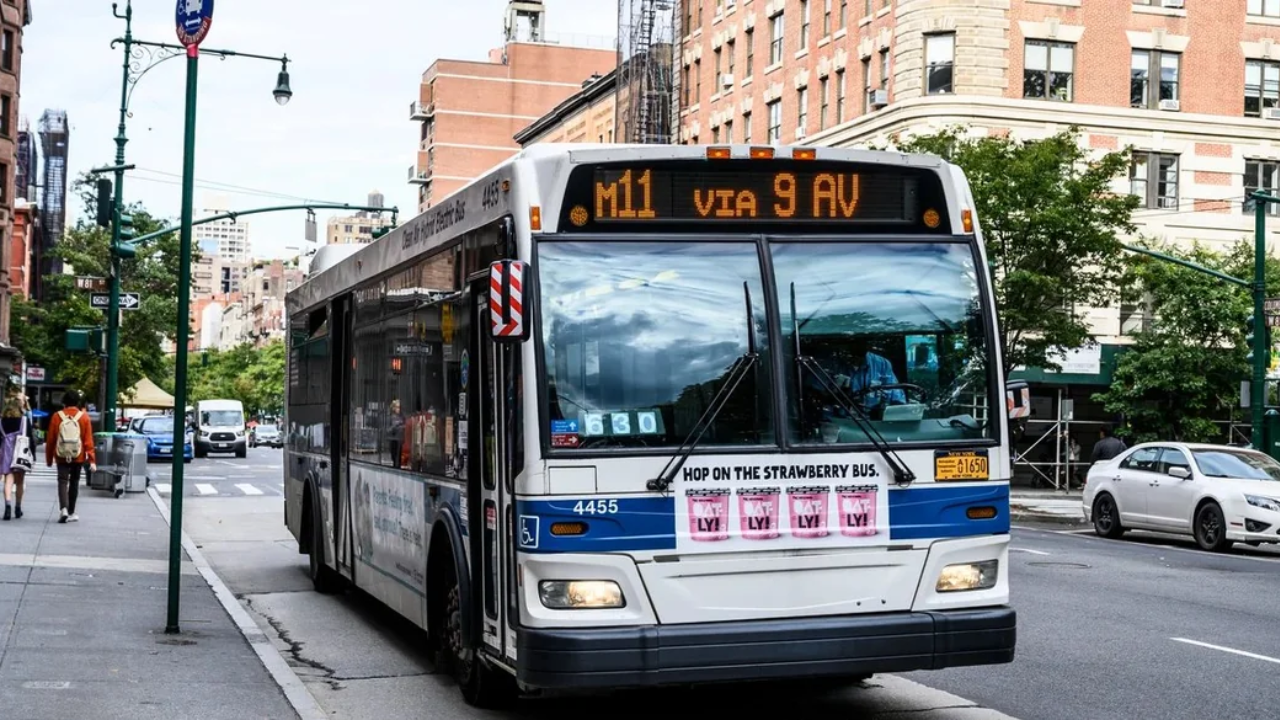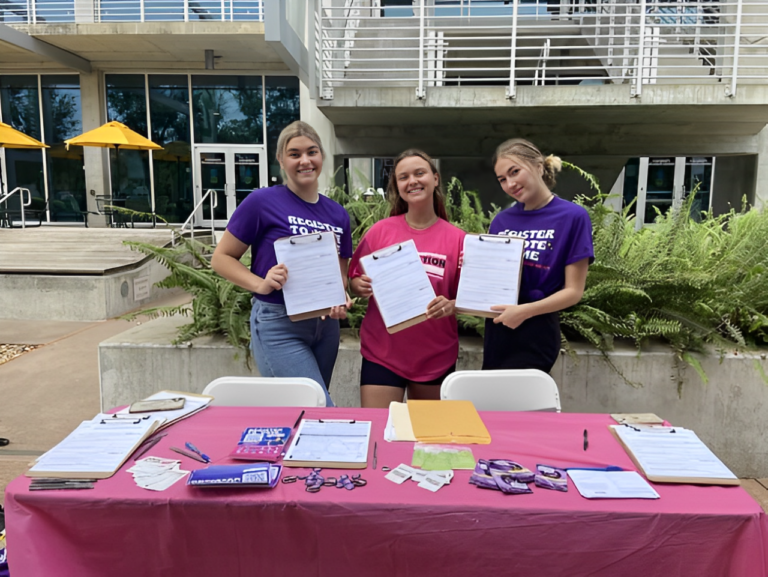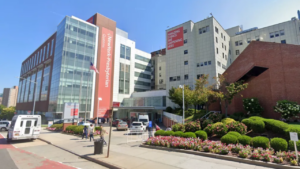MTA Chairman Janno Lieber’s revelation regarding fare evasion among New York City bus riders has sparked concerns about the financial sustainability of public transit and the effectiveness of fare enforcement measures. Lieber’s statement, indicating that between 30 to 50 percent of passengers evade fares, underscores the significant revenue loss and challenges facing the Metropolitan Transportation Authority (MTA).
The surge in fare evasion, exacerbated by the pandemic’s impact on commuting patterns, reflects broader issues such as economic hardship, lax enforcement, and systemic inequalities. While some individuals may intentionally avoid payment, others may struggle with affordability or perceive fare evasion as a low-risk opportunity.

Addressing fare evasion requires a multifaceted approach that considers both enforcement strategies and structural reforms within the transit system. Proposals such as increased fare inspections, enhanced fare collection technology, and targeted outreach to underserved communities have been suggested as potential solutions.
However, implementing these measures effectively requires coordination among transit authorities, law enforcement agencies, and community stakeholders.
Read More: Gas Prices Drop, Target Lowers Prices Before Busy Holiday Travel Weekend!
Breaking News: Man Arrested for Killing Girlfriend After She Said His Name Before Dying!
Moreover, the prevalence of fare evasion highlights the need for equitable fare policies that prioritize accessibility and affordability for all riders. As public transit plays a vital role in facilitating mobility and reducing congestion and pollution in urban areas, ensuring its financial viability and integrity is crucial for the well-being of communities and the sustainability of transportation infrastructure.







+ There are no comments
Add yours